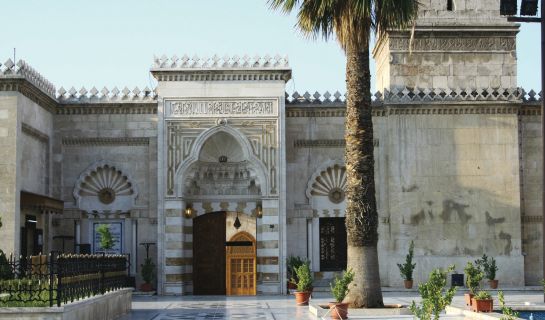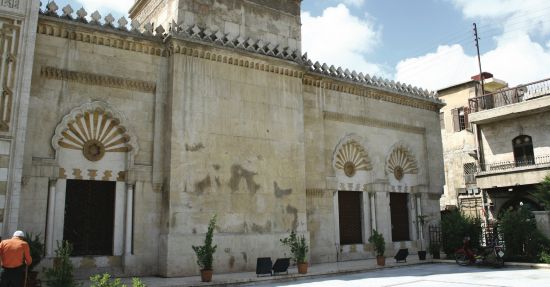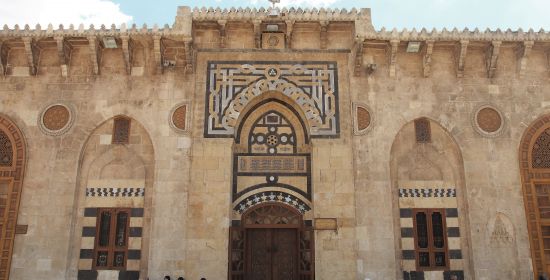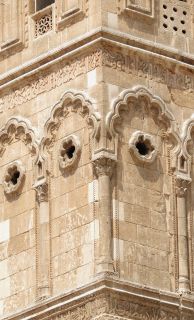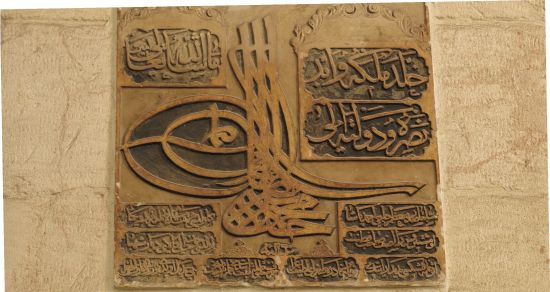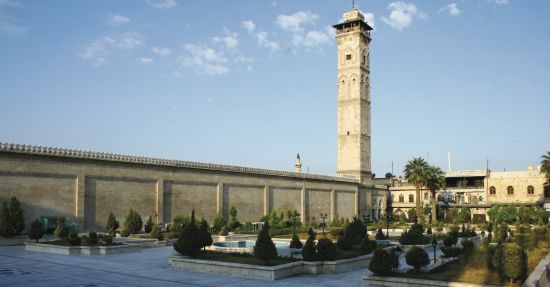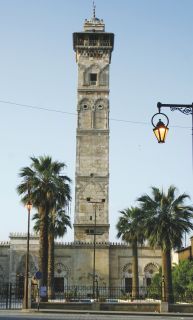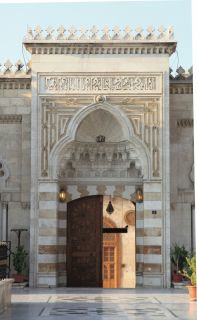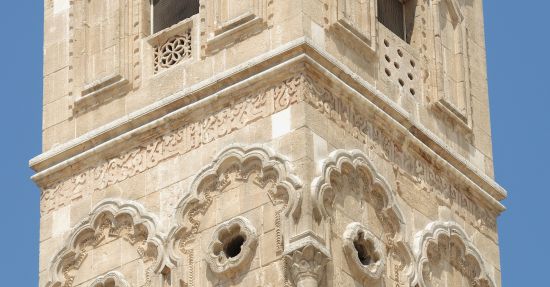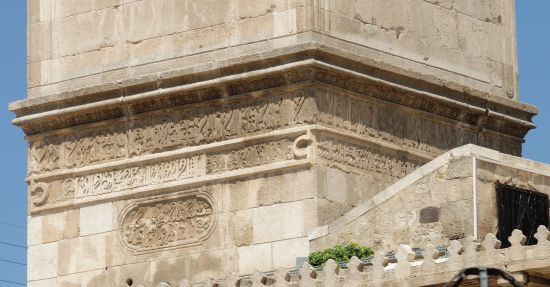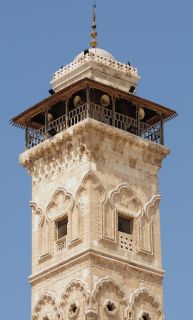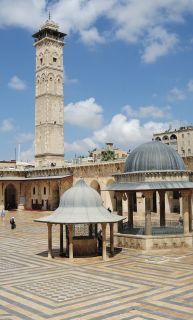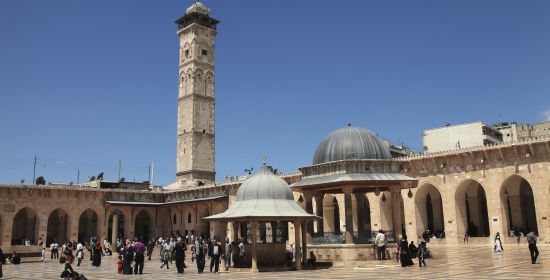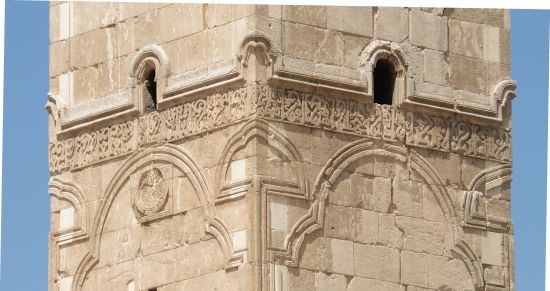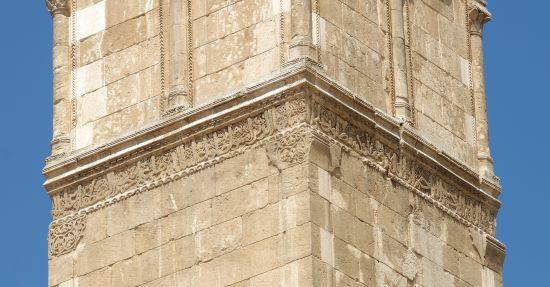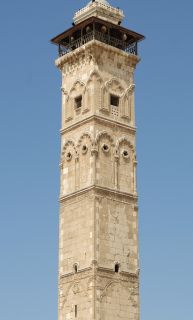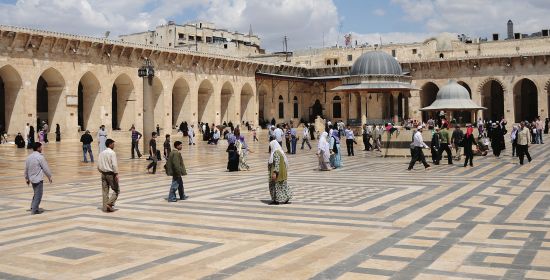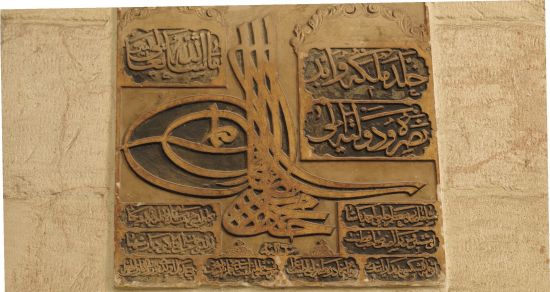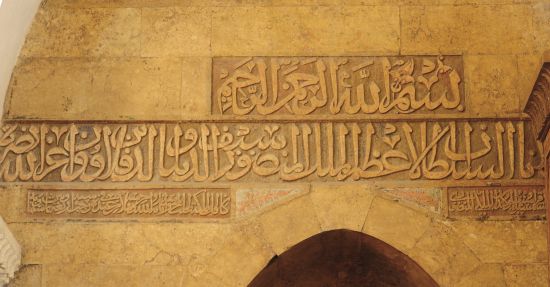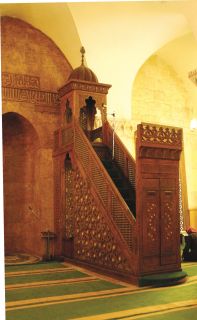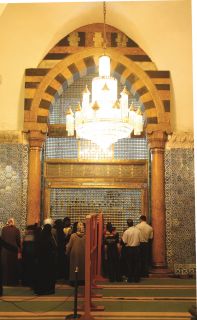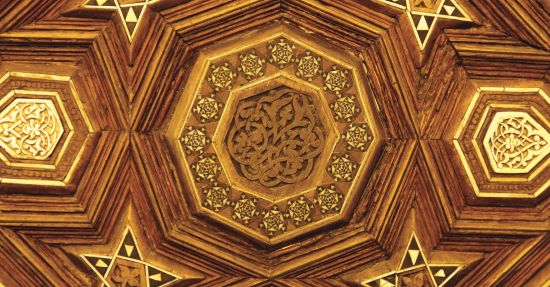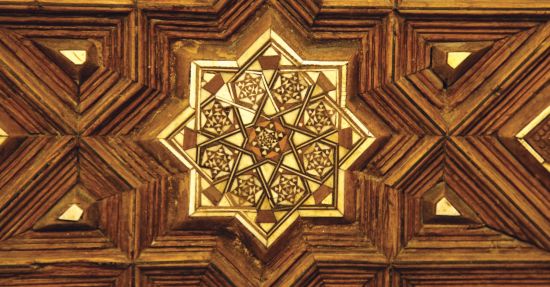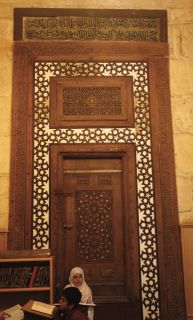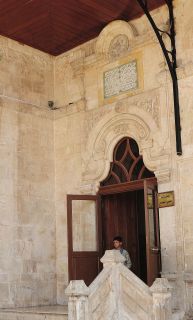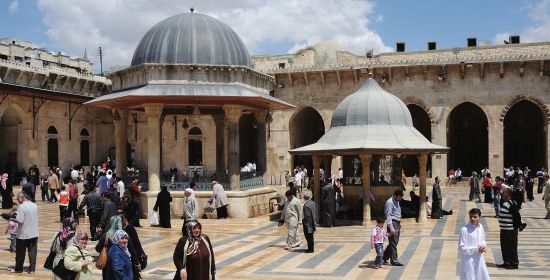Aleppo Great Mosque
Syria Aleppo 10,11,12,13th Century
Aleppo Umayyad MosqueOlarak da bilinir.
Omayyad, Seyuk, Ayyubid, Mamluk, Ottoman
The Great Mosque of Aleppo is situated in the center of the city. The construction of the building dates ta the Omayyad period. The building has, however, undergone numerous repairs and changes before taking its present form.
it was built approximately 1 O years after the Damascus Omayyad Mosque, and as such, is one of the first buildings of the early period of Islamic architecture. The mosque is situated in a commercial district, with bazaars and several madrasas nearby.
Several buildings belonging ta the preIslamic period, including a Roman temple and a Byzantine church, were located near the mosque, and their remains can be seen today.
The mosque has been altered by many repairs and renovations. In 715, the Omayyad Caliph Sulayman ibn Abd al-Malik commissioned the construction of a Friday Mosque on the site of a cathedral. Aleppo and its surroundings were attacked by the Byzantine Emperor Nikephoros il in 926. The building, damaged as a result of this attack, was repaired by Seyfuddevle al-Hamadani in 965. lıWıen the Great Seljuks ruled the region, the Sultan Malik Shah commissioned an important restoration campaign, and also added the minaret to the mosque. Repair and renovation activities were carried out in 1090 during the reign of his brother Tutus. One of the oldest parts of the building is the minaret. The minaret, with a square body, is remarkable tor its kufic inscription bands, stylized plant and rumi decorations, and stalactites.
There are two bands of inscriptions under the balcony of the minaret. In the upper band, the inscription starts from the south and goes towards the west. The inscription contains information regarding the start of the construction of the minaret by Malik Shah. It includes the names of those who supervised the construction of the mosque, as well as the name of the head architect of the building, Hasan lbn Muferrih. The inscription reads as follows (translation by M. Tutuncu):
"in the name of Compassionate and Merciful God. He ordered this minaret to be renovated by Our Master Great Sultan, Master of great Shahs, master of nations, protector of the Arabs and the lranians, sultan of God's territories in the world, comerstone of Islam, Malik Shah, son of Muhammad, right ann of the amir of the Believers, may God help his sultanate. The masters are Hasan ibn Muferrih el Sarmani, year 1090, the Great Amir Kassem ed-Devle and the defender of the nation Muzaffer Alp (Abu Suja) Aksungur Beg, protector of the Believers, may God increase his victories and herald them, that this was built during the time of Muslim Judge Abul Hasan Muhammad ibn el Hashab, may God rest his soul."
The building was extensively renovated after the Seljuks, notably by the Ayyubids after a fire in 1159. Only the minaret has remained in its original form after these many renovations. The mosque was destroyed again wfıen the Mongols invaded Aleppo.
The mosque consists of a series of naves, which open onto the rectangular, central courtyard. lts plan is not homogenous. The northern and eastern parts are surrounded by arcades with two naves each, and the western part is surrounded by an arcade with a single nave. The floor of the courtyard was decorated with colored stones arranged in geometric patterns, in a style particular to the region.
The mosque, arranged around a large courtyard, was constructed using the Arabic mosque plan, also called the Kuta hypostyle plan. The sanctuary was divided into three naves by two rows of columns. There is a small dome in the second nave in front of the mihrab. it is stated that this domed section was built during the reign of the Mamluk Sultan Baybars. The naves were originally covered by unadorned ceilings with wooden beams.
There are two tombs on the side of the mihrab wall in the sanctuary. One of them is believed to belong to the Zechariah, the father of John the Baptist (Yahya) and the other one belongs to her Highness, Zeynep. it is stated that the cathedral, which had existed here before the mosque was built was dedicated to the father of John the Baptist. The grave probably dates from this period.
The wooden minbar is meticulously carved and dates from the 15th century. The mihrab is also of fine workmanship.
The building was again repaired in the Ottoman period. The elements added during the reign of Ottoman Sultan Murad fil include the mihrab, three doors opening onto the bazaars from the courtyard, and the portal. The inscription on the northern portal at the courtyard entrance contains information regarding the repairs carried out in 1581 The colored stone floor coverings in the courtyard were placed during a repair carried out in 1632 by the Aleppo Governor Zeyneddin Beg.
During the civil war in Syria in 2013, mosque was destruction. Minaret was destroyed by the military of government.
Bali, W., Syria A Historical and Architectural Guide, New York: lnterlink Books, 1994, s.133.
Burns, R., Monuments of Syria, London: 1.8. Tauris & Co Ltd., 1992, s. 34-35. Gonnella, J. "La citadelle d'Alep: Les periodes islamiques, "Arche61. lslam., xi (2001), s. 188-194.
Rihawi, A., Arabic lslamic Archecture, lts Characteristics and T races in Syria. Damascus: Publications of the Ministry of Culture and Nafönal Leadership, 1979, s.104. SaLNaget, J. "lnventaire des monurnerıts musulmans de la ville d'Alep," Rev. Etud. lslam. (1931), s. 59--114.
Tekin, H., Halep'teki Osmanlı Dönemi Dini Eserleri, Kayseri, 2008, (Erciyes Üniversesi Sosyal Bilimler Enstitüsü Basılmamış Doktora Tezi)
Uluçam, A., "Halep Ulu Camii" lslam Ansiklopedisi, Cilt 15, lstanbul,1997, s.248-24

